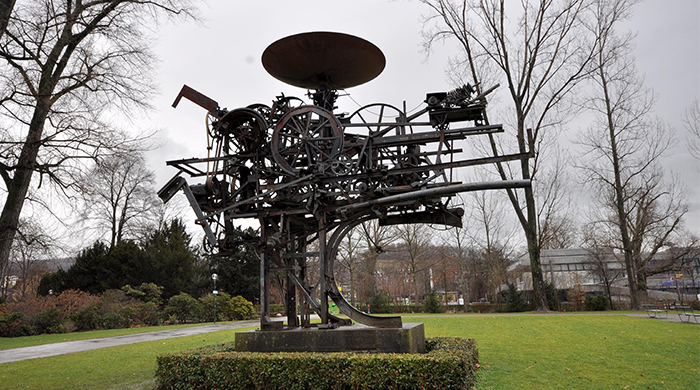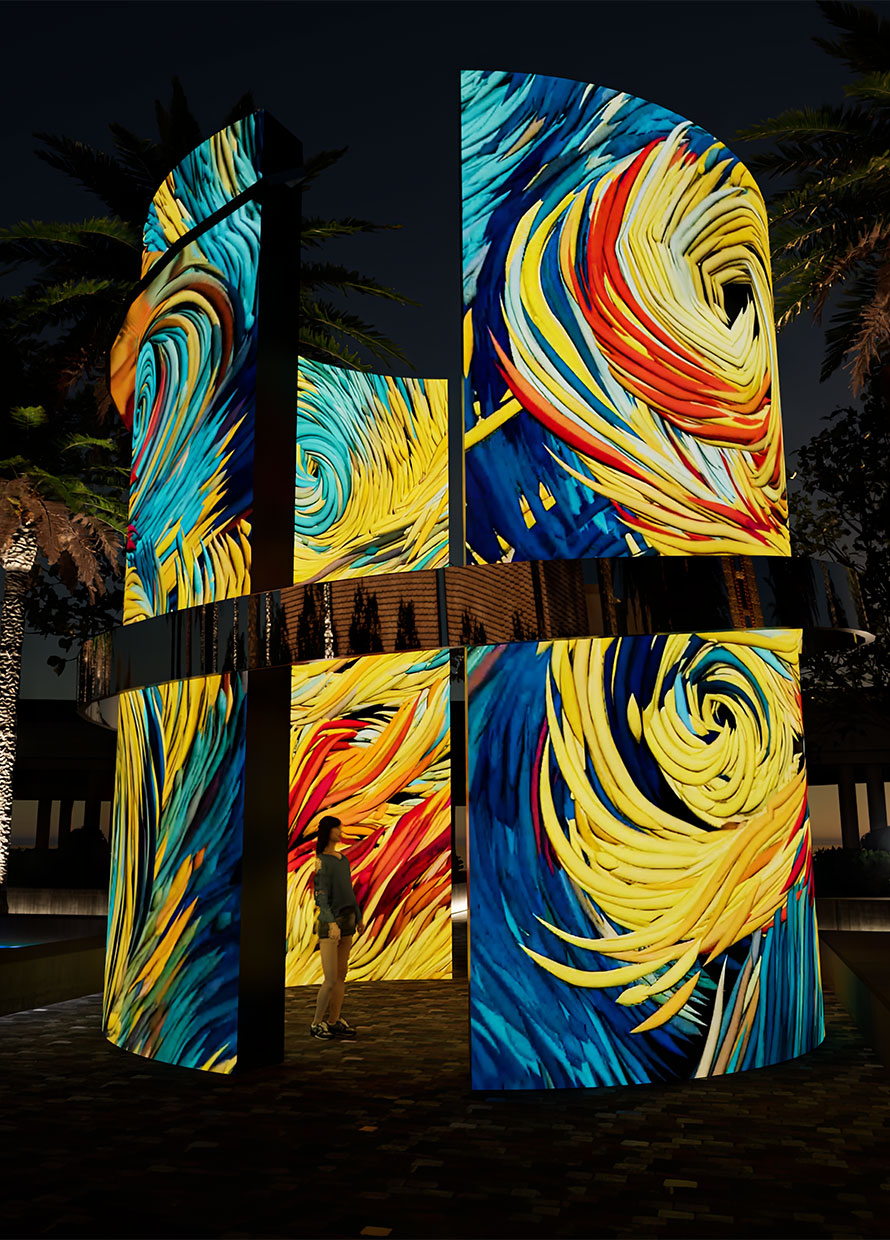When you hear the term “multimedia” it’s easy to connect it straight to the electronic devices you are reading these very words on. Hence it’s easy to define multimedia art as the product of the technological age – something that I myself often do. But it turns out we’re mostly wrong. Multimedia art and its original definitions spark from the same foundations as the eras where the art world witnessed some groundbreaking changes. And that was around the 1960s.
Multimedia artist and educator Randall Packer points out that while most people regard the origins of multimedia as a product of the birth of personal computers and the CD-ROM in the 1980s, they’re simply quite wrong. The definition of multimedia art itself, states that it’s a combination of visual art with the elements of other art forms that may be non visual (i.e. literature, drama, dance, motion graphics, recorded sound, music, or interactivity). It’s just that as time passed and technology evolved, so did this art form that has few boundaries.
“In fact, the word ‘multimedia’ (or ‘multi-media,’ as it was first spelt) had been around since at least the 1960s,” Packer explains in MoMA. He stipulates, “In the course of my research, I eventually settled on the 19th century opera composer Richard Wagner, who believed that music drama constituted the greatest synthesis of the arts, as a good place to begin my history.” He adds that Wagner referred to the artistic creation of a more “total” experience as Gesamtkunstwerk (total artwork) describing it as, “the multisensory immersion in sight and sound we now associate with the advanced technological forms of digital multimedia.”
Packer points out that a fine example of perhaps one of the earliest display of multimedia art was from Swiss sculptor Jean Tinguely and his famous 1960 work Homage to New York. A pioneer of kinetic sculpture who worked in the Dada tradition, Tinguely created a sculpture that blew itself up in front of a started audience in MoMA’s Sculpture Garden. Describing his artwork, Tinguely said, “it’s a sculpture, it’s a picture, it’s an accompanist, it’s a poet, it’s a decoration – this machine is a situation.”
A massive 27-by-30 foot sculpture made out of recycled metal scraps, Artsy says that the contraption self-destructed at the peak of the half-hour performance. Unfortunately as it burst into flames, a firefighter intervened and thus the artwork was never displayed as it was intended. Nevertheless, Tinguely’s intention to infuse its spectators’ senses in a shocking display of destruction, noise and smoke, jots him down in the beginnings of multimedia art as we know it today.
| SHARE THE STORY | |
| Explore More |




